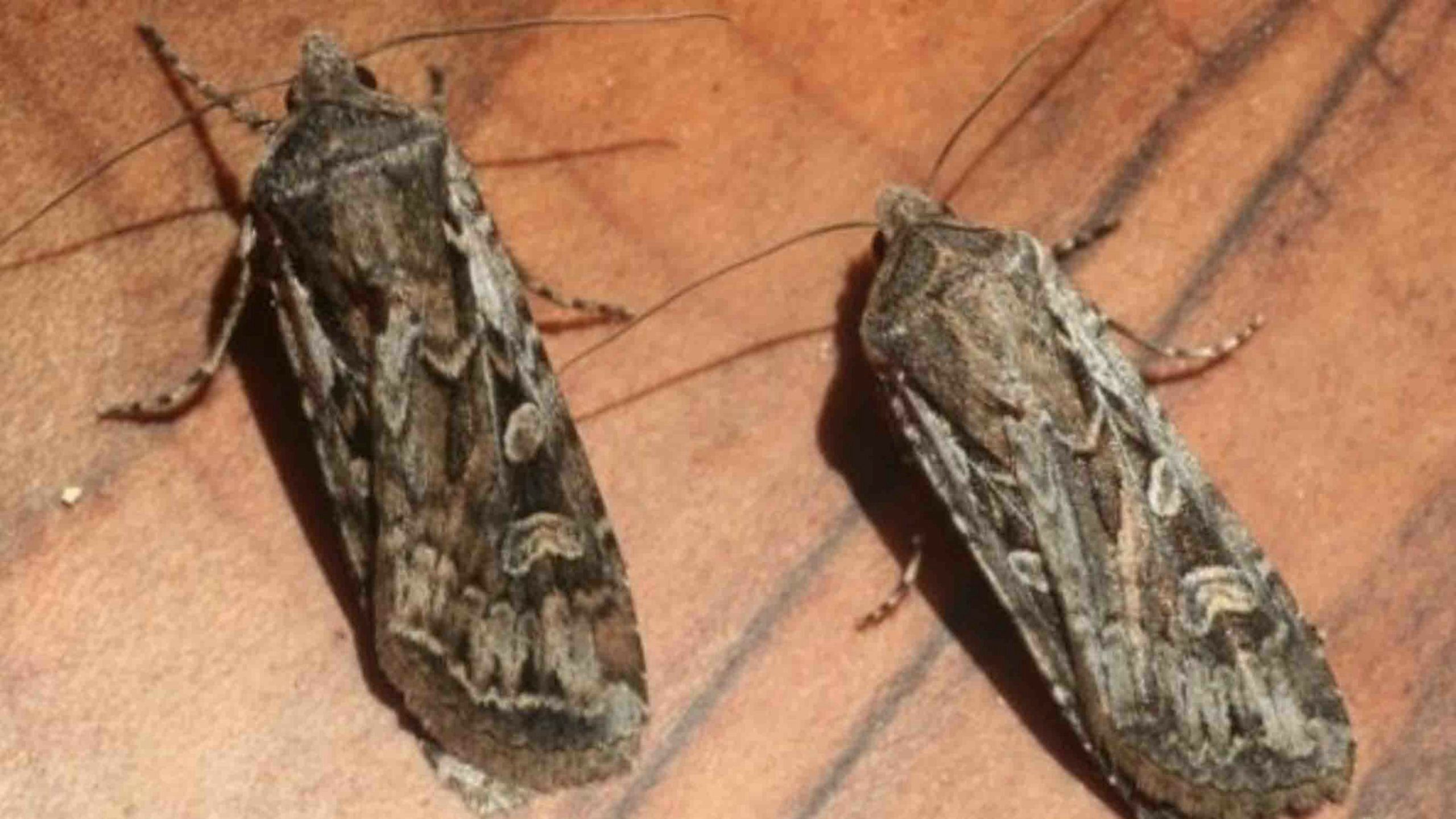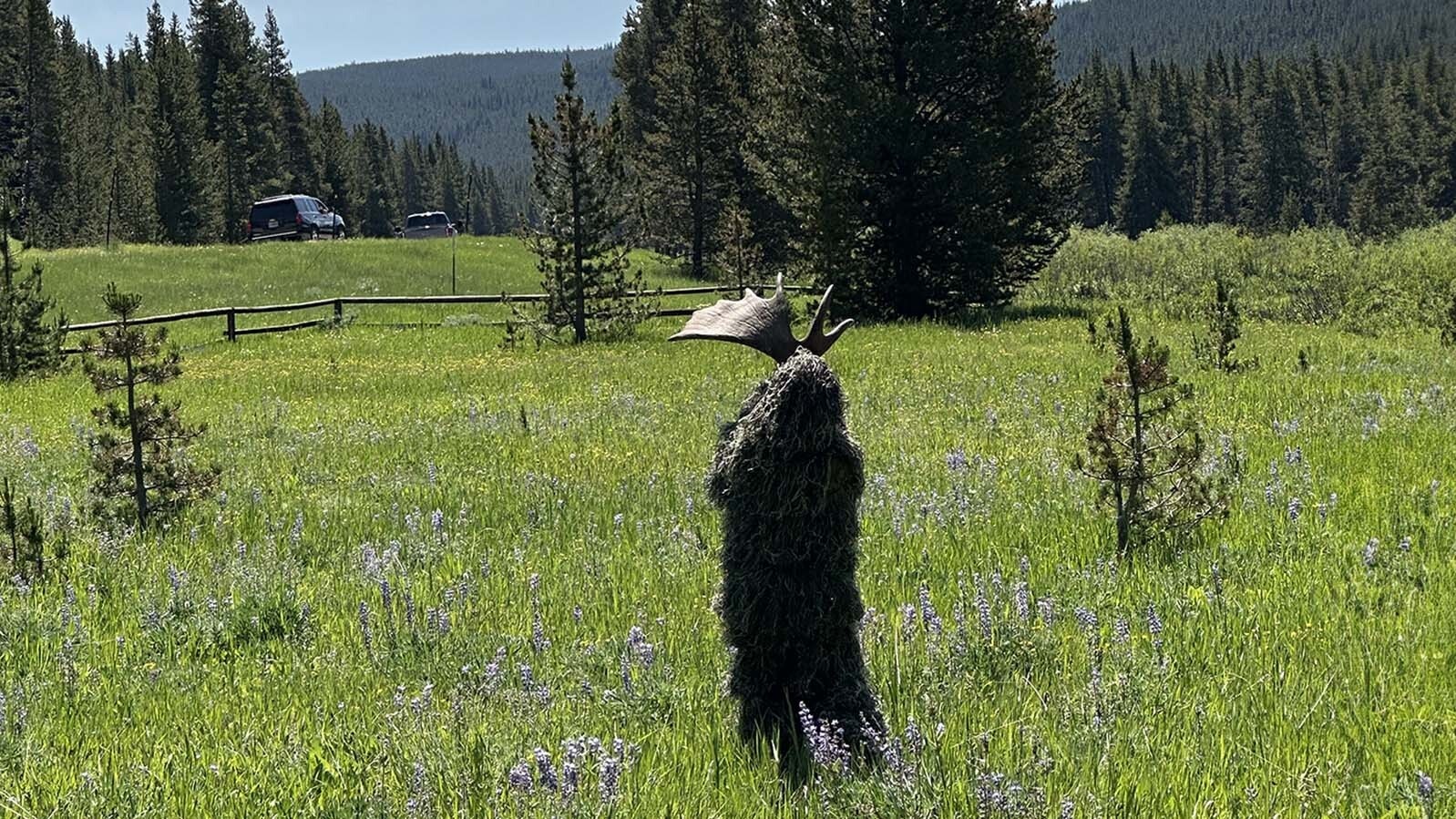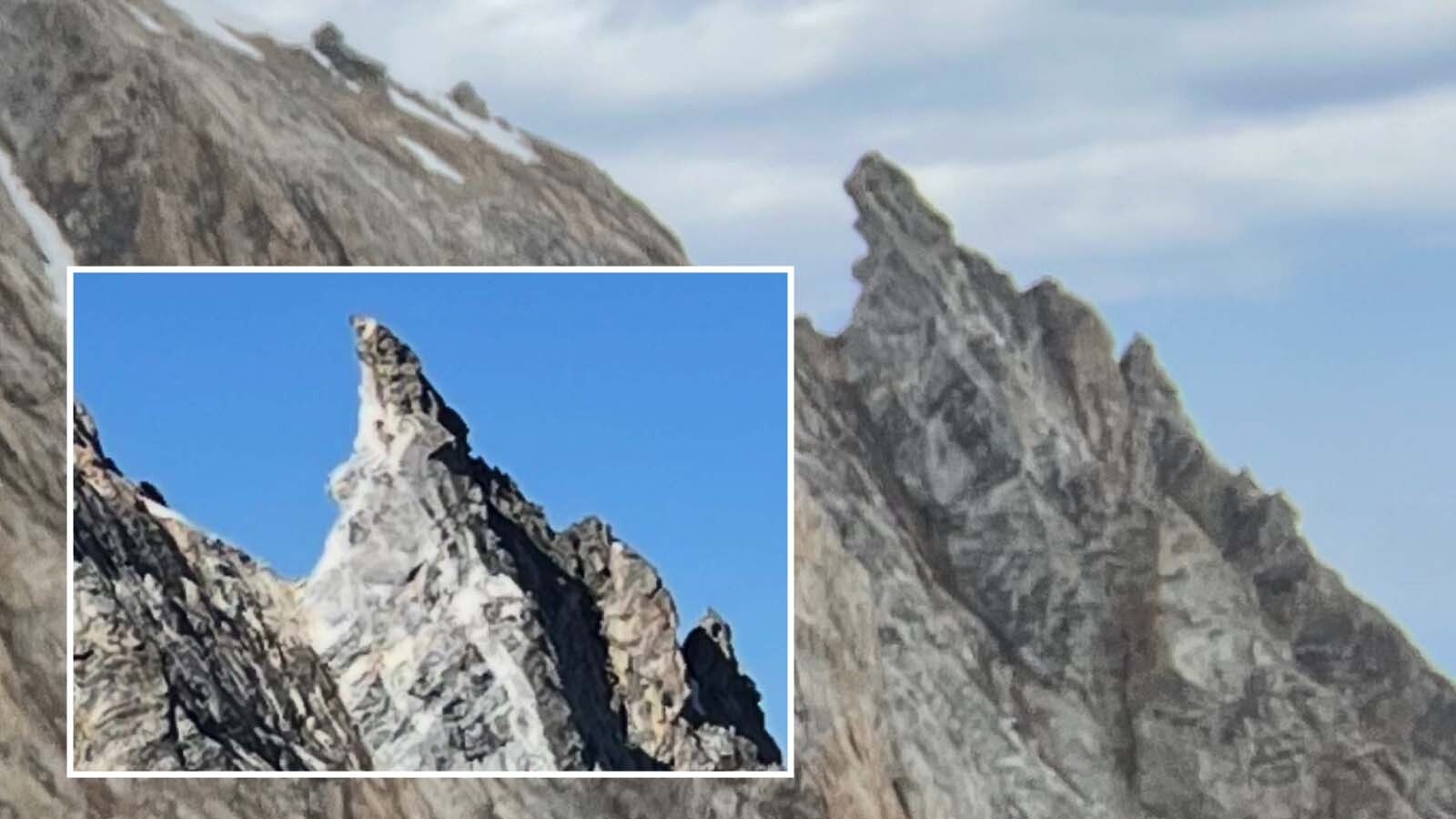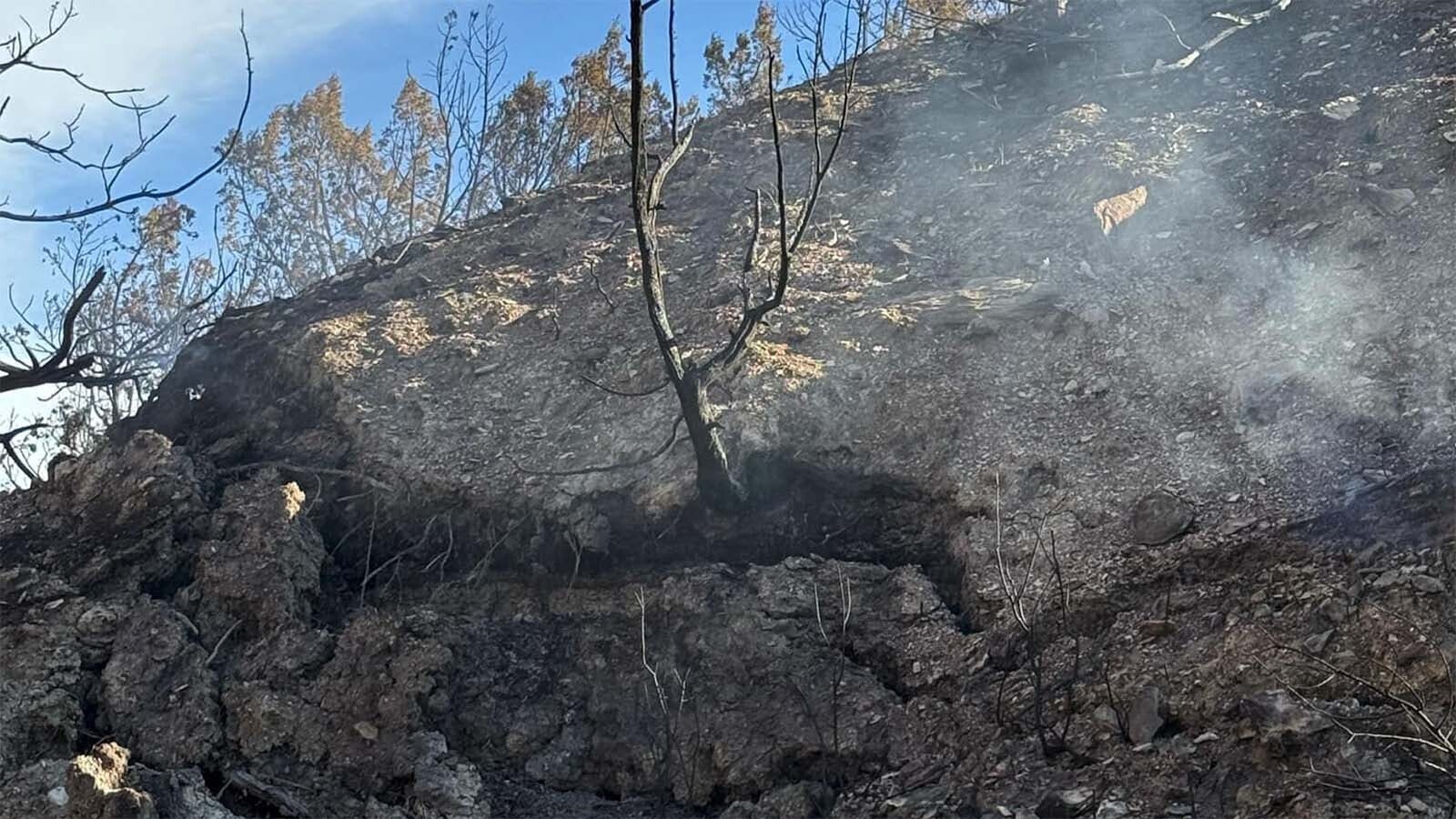Poor wildflower growing conditions on Wyoming’s prairies are pushing miller moths into communities in search of food, resulting in the flocks of the insects being seen throughout the Front Range, a University of Wyoming extension entomologist said.
Reports have flooded in from all over Wyoming, Colorado and Montana about the influx of miller moths, a type of moth that’s abundant in the western region.
Miller moths are usually gray or dark brown in color, with a wing span of 1.5 to 2 inches. On their wings, the moths have fine scales that easily rub off.
UW entomologist Scott Schell told Cowboy State Daily that a wet spring and summer last year, combined with a drier winter and spring of this year, caused fewer wildflowers to produce on the prairie and near sagebrush steppes. Without flowers to feed on, the moths will come to towns and areas with a lot of water for food instead.
Schell’s heard reports of the moths from all over the state, particularly in southeast Wyoming, Niobrara County, Sublette County and the Big Horn Basin.
While the moths are a nuisance when in a home, they generally don’t cause any damage to buildings or furnishings, Schell said, because the moths don’t lay eggs in a house.
The moths are attracted to certain types of light, as they use the moon and other celestial lights to guide them on their flights.
To keep moths outside, Schell recommended sealing obvious openings, turning off unnecessary lights and switching to non-attractive yellow lights to keep the moths away.
He also suggested vacuuming the moths and releasing them outside or setting a trap by using small nightlights in various outlets and keeping a small dish of soapy water beneath each one. Moths will be attracted to the light, fall into the water and die.
Many birds, beetles and hunting wasps eat miller moths. Bears also feast on miller moths, especially the grizzlies in Yellowstone.
“The moths shelter under rocks and come out at night to feed on wildflowers, so during the day, the grizzlies will flip the rocks over and eat all the moths they find,” Schell said. “The millers are a tremendous source of nutrition for bears.”
Although miller moths have been taking over the Front Range for the last few weeks, Schell did say the end was in sight. The moths are migrating toward the high country and should be gone in the next couple weeks.





